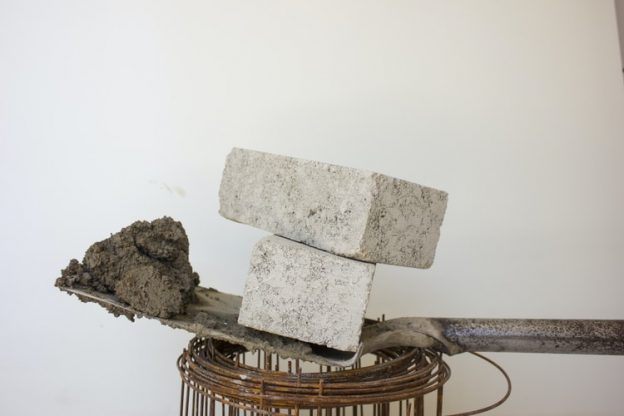There are reports of people getting exposed to radon while they are inside their homes. Along with this, many have speculated about how it enters their homes and workplaces. Does it come from building materials?
Does Radon Come From Building Materials?
In times like this, you need to check your radon facts to avoid getting scared of nothing. Radon affects your health, and it is just right to get concerned whether you are living in a house or working in a safe office. The same thing goes with your houses.
Before a building is constructed, it needs to secure enough documents to make sure that it is risk-free for people using it. It needs to have a good foundation that will hold up the structure for years. Also, it needs to undergo a fire safety inspection.
In addition, you may need a radon test after construction. The reason why is because radon may get trapped inside. How does it get trapped? Is it because of the building materials?
Building Materials That May Emit Radon
Radon may indeed be released indoors through materials used in the building. However, it still depends on the composition. Materials with radium content are most likely the ones releasing it. Once radium decays, it produces radioactive gas. Some of these items that may contain radium that has radon gas are the following.
Granite
You can find this material as flooring or countertops in the kitchen. They are stunning pieces, which is why people tend to use them in their houses.
Concrete
It is one of the essential things in construction. Its strength is perfect for building the foundation that will support the structure.
Gypsum Board
It is often used in ceilings and walls. It controls the sound in the room, and it is fire-resistant.
Bricks
Bricks do have their character. A house can be made just by using bricks. Still, it can serve as decorations. It can be used in the garden and pavements.
Field Stone
They are usually seen in the exterior walls. Yet, designers include them in the interior aesthetics as well.
Although these materials exhale radon, it is not the amount that is harmful. It may only contribute to the radon levels inside. This is one of the radon facts not many people know of. Most of it still comes out from the soil where the structure is situated. Here are some ways on how it can enter the structure.
- Radon can travel through cracks on floors and walls.
- Another passage for the radioactive gas is the gaps between cables and water pipes.
- If you are using groundwater, there are chances that the water may contain radon. This is also a way for the radon to get in your body by ingestion.
How to Get Rid of Radon
You do not need to contact a radon professional right away. You can do a radon test by using home radon test kits. Differences in radon level can be observed among different parts of the building and even neighboring ones. The length of the test varies from 48 hours to 90 days. It will be nice to include the radon test in your house maintenance which can be done every two years.
Once the results are out and the radon level in your house or building is confirmed, you need a professional to do the remaining work. Most commonly, they install a ventilation system that sends the radon out of the building. They can also have treatments for your water.
Radon cannot be eliminated because it is part of nature. It is not something to be afraid of. Instead, it is something that can be worked on. List down on your radon facts that building materials only emit a subtle amount of radon. You do not need to avoid these materials in building your office or your dream house.



